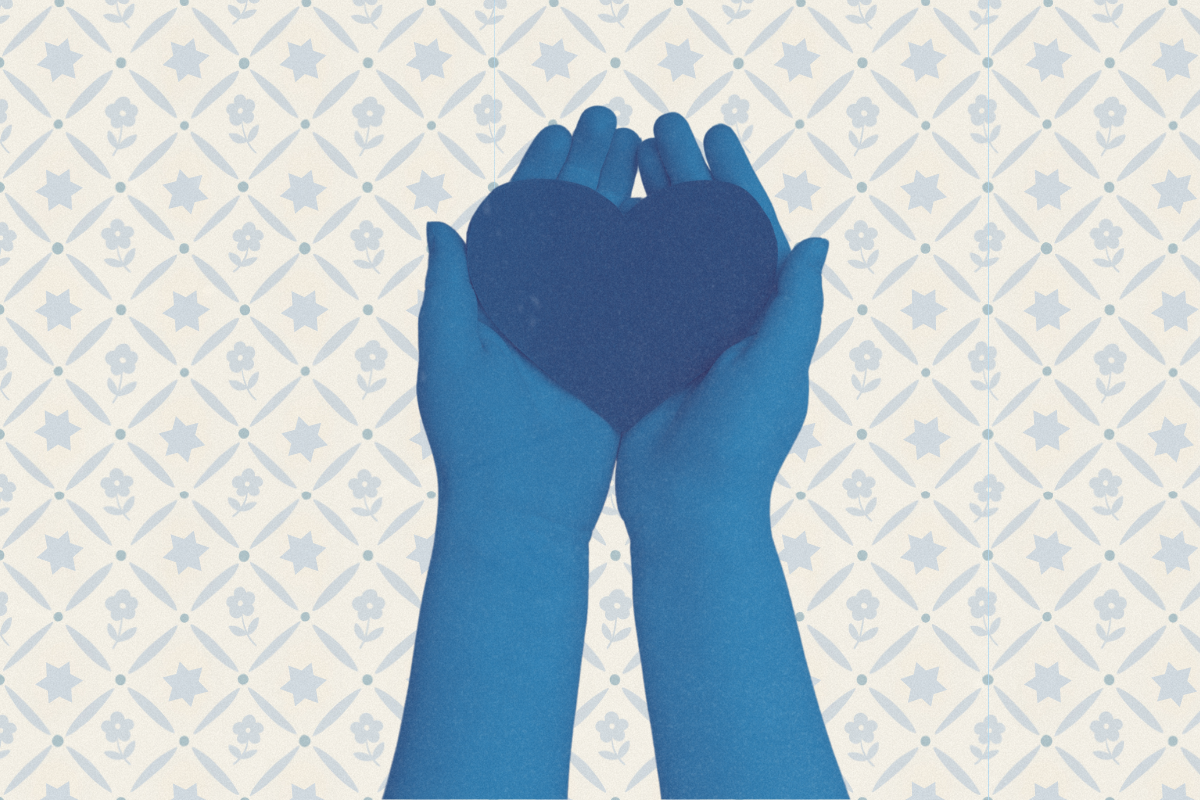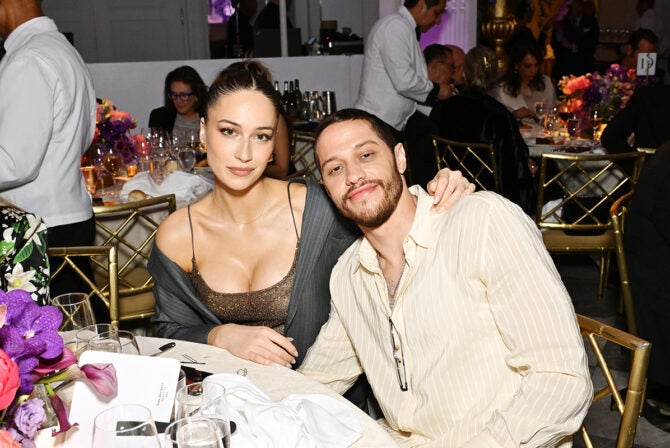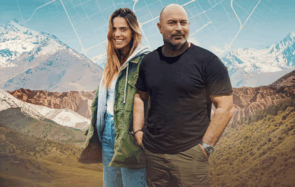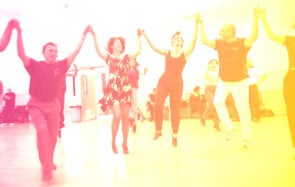
From left to right: Chris, her daughter Kara, and son Erik.
October is the official Gaucher’s disease Awareness Month. Gaucher’s disease is the most common genetic disease among Ashkenazi Jews.
Gaucher’s disease is a rare, inherited disorder caused by a deficiency in a particular enzyme. Gaucher’s (pronounced go-SHAYZ) disease occurs when certain harmful fatty substances accumulate to excessive levels in your liver, spleen, lungs, bone marrow, and brain. The accumulation of fatty material in tissues interferes with how your body works and may cause organ enlargement and bone pain.
Besides wearing green shoelaces to show your support, you could also learn much more about this disease by reading the following Q&A with Chris Lang, mother of two, who was diagnosed with Gaucher’s at 31 years old.
How/when did you first find out you had Gaucher’s? What type are you?
I was diagnosed when I was 31 years old. My internal medicine doctor wanted to know why my platelet level was so low and why my spleen was enlarged. After months of testing for almost every fatal disease out there, I finally had a bone marrow biopsy and CAT scan which confirmed my Gaucher’s diagnosis. I have Type 1.
Has anyone else in your family been diagnosed with Gaucher’s?
No one else in the family has ever been diagnosed, on either side. I did have my children tested. Both are carriers.
When you were first diagnosed your doctor said there were no treatment options available and you didn’t have much time to live. When did the option for treatment present itself and what does it involve?
When I was first diagnosed there were no treatment options available for Gaucher’s and for most patients the symptoms continued to get worse. Then in 1991 a first treatment was introduced called enzyme replacement therapy. This therapy is designed to replace the enzyme that is missing in people with Gaucher’s. I started treatment that year, going to the doctor every two weeks for my infusion.
What does living with Gaucher’s prevent you from doing on a daily basis?
I lead a pretty normal life, but I have had to give up riding horses and water skiing because of the bone involvement and because I have osteopenia. Certain activities cause more fatigue than others. For example, I used to volunteer every Saturday morning at Kids Rein, a therapeutic horseback riding therapy for children with special needs. Kids Rein specializes in early intervention techniques riding children as young as 3 years old. I found that after four hours of helping with the children, I went home and was in pain and fatigued for the rest of the weekend. I would love to volunteer again, but I realize it’s really too hard on me. I miss the children, volunteers, and being around horses.
Why do you think a disease that is so prevalent in so many Jewish-Americans is so under the radar and under reported?
I think the awareness is not out there. Many of the doctors I have seen have only heard of Gaucher’s in medical school and because of having so few patients, they aren’t familiar with the newest research or treatments. Many people go through testing for so many other diseases because Gaucher’s is not a disease that comes to mind when presented with certain symptoms.
What exercises help you the most?
Swimming and walking are the most helpful exercises. Both are low-impact, good for cardio, and are excellent ways to exercise without causing pain.
How has it affected your day-to-day life as a mother?
My children worry about me too much. They know how Gaucher’s affects me and they know I try to hide any aches and pains from them. When we were younger and my symptoms were more severe, my children were good about making their own dinner and caring for themselves because many days I did not have enough energy.
How old are you children? How much do they know about the disease?
My son, Erik, is 33 and my daughter, Kara, is 30. They both have been tested for Gaucher’s and are carriers. This was a blessing, since we found out their father was also a carrier. Kara is married and before she and her husband, Jesse, had children, he was tested for Gaucher’s. Thankfully, Jesse is not a carrier and they have a healthy, beautiful 2-year-old daughter, Haley. I love being a grandma! They both are kept up-to-date with the latest research and treatments for Gaucher’s through me.
Since Gaucher’s is so prevalent in Ashkenazi Jews, has that brought you any closer to the Jewish community?
It’s funny; before I knew I had Gaucher’s, I taught preschool at the Jewish Community Center in Nashville, TN and was a member of the JCC. I’ve had friends from all faiths and my son even taught himself Hebrew when he was in grade school because of his interest in Jewish history! When I went back to college to finish my degree, I did an extensive research paper that touched on all aspects of the Jewish heritage. I am more than happy to be intertwined with the Jewish community.
Do you fear your grandchildren will one day get a blood test and have the same results?
We know they are both carriers and when they decide to have children, they need to have their spouses tested, too. I know when I was first diagnosed and blood tests were done on my son and daughter, the doctors first told me that Erik, my son, had results like me–meaning he had Gaucher’s. They did further testing (skin biopsy) and found that he was a carrier. I have to admit, waiting for the final results was stressful, because doctors were telling me that I shouldn’t allow Erik to play sports or do any type of activity that could cause his spleen to rupture. I always tried to keep the children’s lifestyle as “normal” as possible.
To learn more about Gaucher’s awareness month, click here.
Like this post? Get the best of Kveller delivered straight to your inbox.







